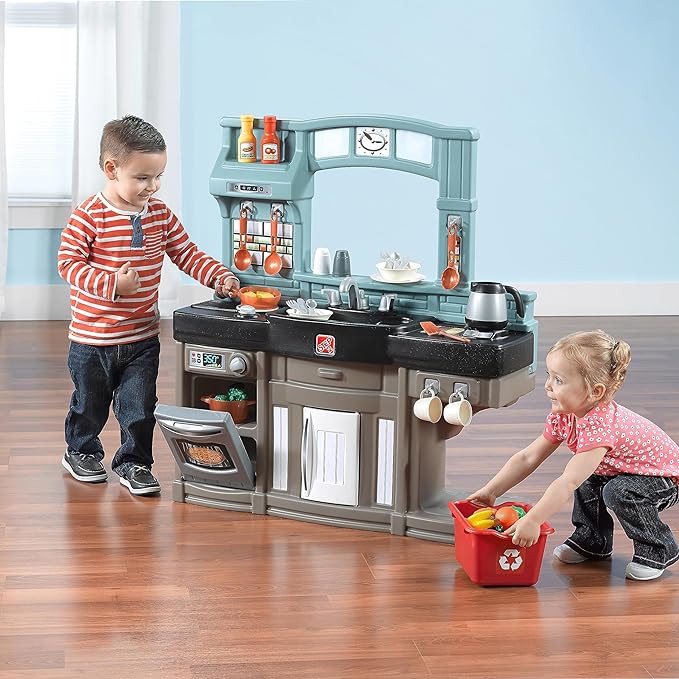Parenting
Behavior and Discipline
The Art of Positive Discipline: Empowering Moms to Foster Good Behavior
Navigating the world of discipline with our kids can sometimes feel like a daunting task. But what if we could shift our perspective and approach it in a way that’s not just about correcting misbehavior, but about building a bridge of understanding and respect with our little ones? That’s where Positive Discipline comes in – a method that’s less about punishment and more about teaching and learning together. So, let’s explore this approach, mom-to-mom.


250 Flower Girl Names Inspired by Blossoms and Blooms

The Ultimate Guide to Choosing and Using the Right Pregnancy Pillow

Navigating Motherhood and Mental Health

Understanding Positive Discipline:
Positive Discipline is a unique approach to guiding our children. It’s not focused on punishment but on teaching and learning. This method is all about connecting with your child’s heart and mind, working with them to understand right from wrong in a nurturing and respectful way.
Communication is Key:
Effective communication is at the heart of positive discipline. It involves talking to our kids in a way they can understand and listening to them wholeheartedly. It’s about making them feel heard and valued, even in challenging moments. This approach fosters a deeper understanding and strengthens the bond between parent and child.
Setting Boundaries with Empathy:
Setting boundaries is crucial, but it doesn’t have to be harsh. It’s about being clear about what’s acceptable and what’s not, but doing it with empathy and kindness. It’s like saying, “I care about you too much to let you behave this way.” This approach is about being firm yet gentle, providing a safe and loving environment for our children to grow.
The Power of Positive Reinforcement:
Positive reinforcement is a powerful tool in encouraging good behavior. Celebrating your child’s positive actions with praise, a sticker, or a hug can significantly boost their self-esteem and motivate them to continue behaving well. This approach not only reinforces good behavior but also helps in building a positive selfimage in children.
Managing Tantrums and Meltdowns:
Dealing with tantrums and meltdowns is a part of parenting. The key is to remain calm and composed, even when your child is not. Understanding the root causes of these outbursts and addressing them with patience can help de-escalate the situation. It’s also an opportunity to teach your child about managing emotions and selfcontrol.
Building Self-Discipline and Responsibility:
Encouraging self-discipline and responsibility in children is a vital
aspect of positive discipline. Introducing age-appropriate chores and responsibilities helps in fostering independence and a sense of achievement. This not only prepares them for the future but also instills a sense of responsibility and self-regulation.
Nurturing the Parent-Child Relationship:
The way we discipline our children significantly impacts our relationship with them. Positive discipline focuses on strengthening this bond through mutual respect, understanding, and love. Engaging in activities together, showing affection, and
maintaining a balance between discipline and care are essential for a healthy parent-child relationship.
Positive Discipline is more than just a method; it’s a journey towards mutual understanding and respect between you and your child. By focusing on communication, empathy, and positive reinforcement, you can develop a discipline strategy that nurtures a loving and respectful environment. This approach not only
addresses behavior but also fosters emotional growth and a
strong bond between you and your child.
